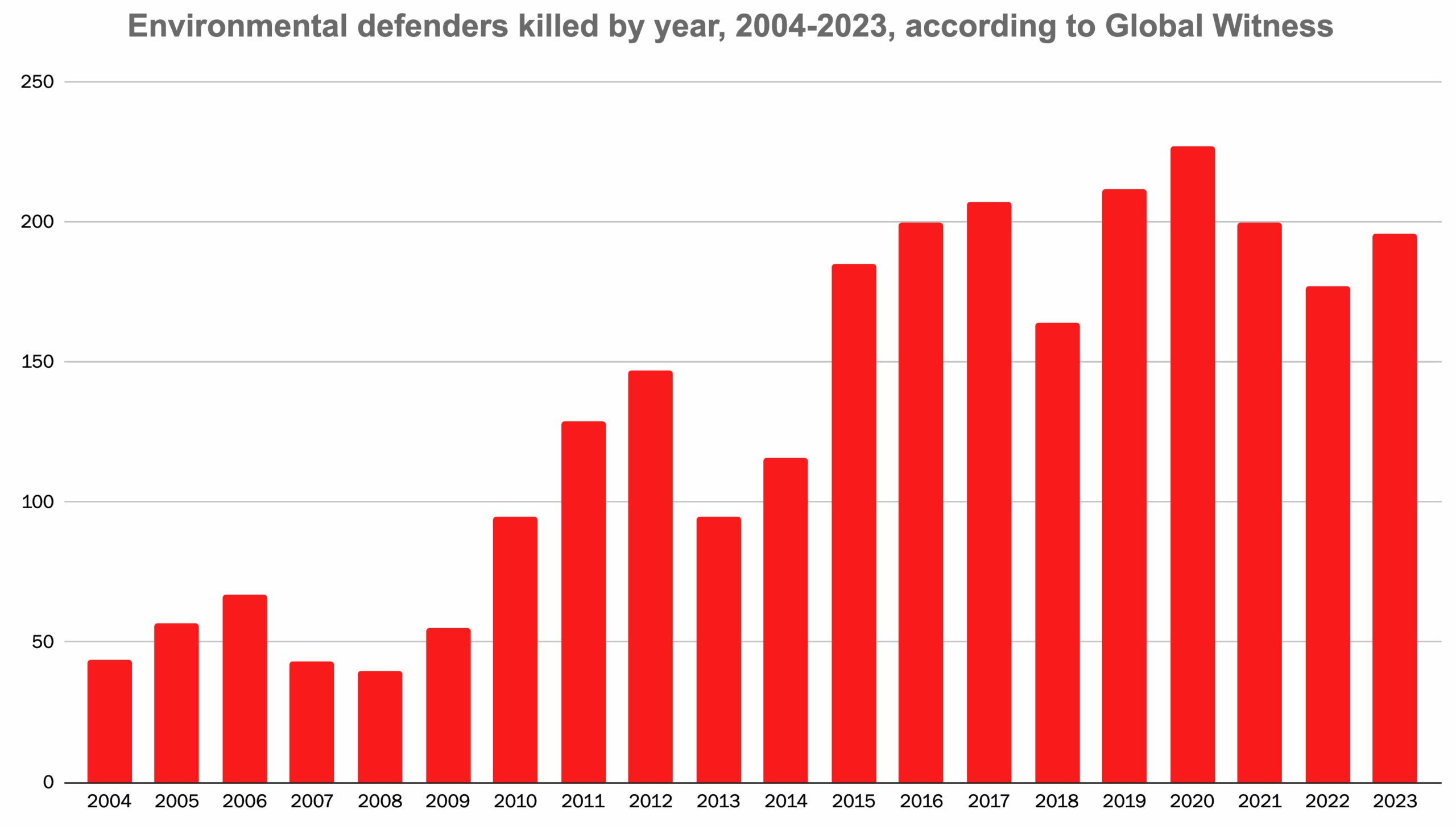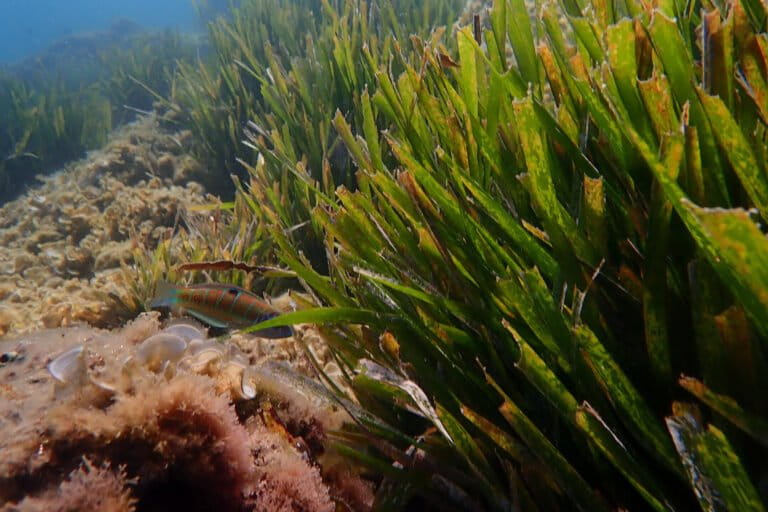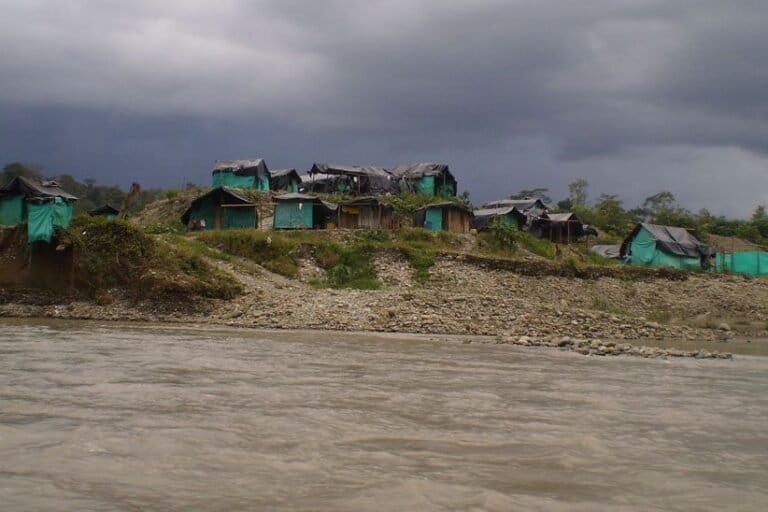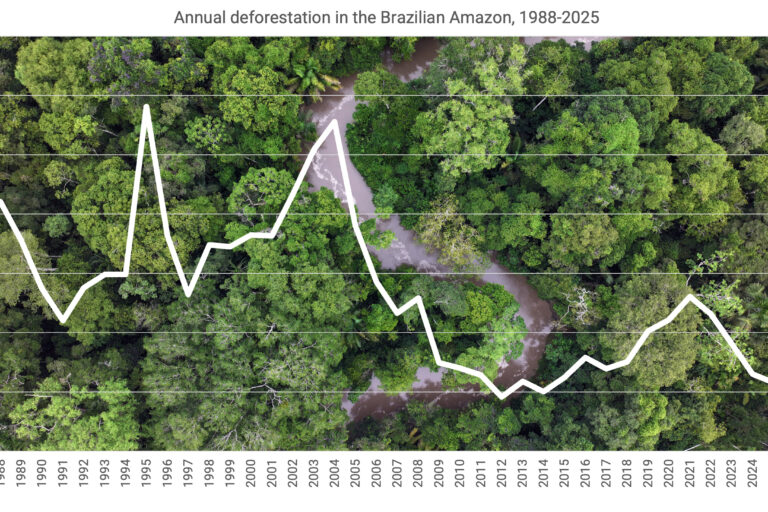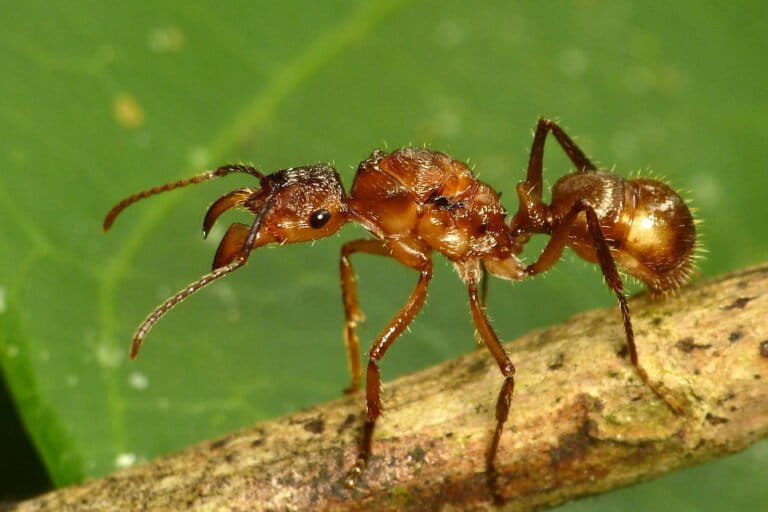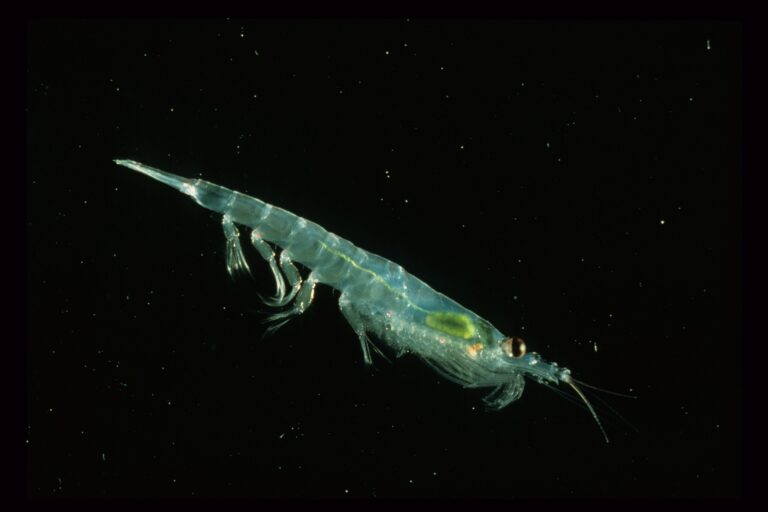- Global Witness’s latest annual report shows that at least 196 people were killed last year defending the environment, up from 177 killed in 2022.
- Latin America is still the most violent region for defenders, with 166 killed in 2023. But other regions have been showing worrying trends, as well.
- The report calls for better data collection and transparency, which could help identify who is being targeted with violence and how.
In January 2023, two men mysteriously disappear after speaking out against pollution from a controversial iron ore mine in Michoacán, Mexico.
The following March, climate change protesters in Austria and Germany are beaten and pepper sprayed, and some have their homes raided by law enforcement.
In September, a pair of youth environmental advocates are abducted by armed men and interrogated for days about their work fighting construction of a new airport in the Philippines.
All across the world, environmental defenders continue to experience censorship, threats, physical attacks, kidnappings, disappearances and even death because of their work fighting climate change, deforestation, pollution and other environmental issues.
Since the adoption of the Paris Agreement in 2015, more than 1,500 environmental defenders have been killed for their work, according to Global Witness, a human rights and environmental NGO. The figures for 2023 look like more of the same. At least 196 people were killed last year defending the environment, up from 177 in 2022. And those figures are considered a low-end estimate.
Global Witness has been tracking violence against environmental defenders since 2012, revealing an often-overlooked problem in many parts of the world where local communities are the last line of defense against major drivers of ecological destruction.
“Murder continues to be a common strategy for silencing defenders and is unquestionably the most brutal,” Global Witness’s report for 2023 said. “But … lethal attacks often occur alongside wider retaliations against defenders who are being targeted by government, business and other non-state actors with violence, intimidation, smear campaigns and criminalization. This is happening in every region of the world and in almost every sector.”
Trends in violence continue to evolve, and each region faces its own unique challenges, from organized crime and corruption to granting land rights and regulating the private sector. Below, Mongabay breaks down five important takeaways from the 2023 data.
1. Latin America is still the most violent region for defenders, by far
At least 166 environmental defenders were killed in Latin America last year, or around 85% of the world total.
Colombia was the deadliest country for defenders for the second year in a row, with 79 reported killings, or 40% of all cases. Most of the violence took place in departments like Cauca, Nariño and Putumayo, where mining, logging and cattle ranching are intertwined with armed conflicts and drug trafficking. More than half of the killings are believed to be connected to organized crime groups, although the report noted that exact causes are often difficult to confirm.
Wide-ranging rural reforms and peace building with armed groups have been a key part of Colombian President Gustavo Petro’s platform since he took office in 2022. But negotiations with the National Liberation Army, a guerrilla group, have dragged on longer than expected, and rural communities have paid the price. At least 31 of the defenders killed in Colombia last year were Indigenous people and six were from Afro-descendant communities.
“Despite the effort and political will, the wait on the ground has become much longer than desired and the slow pace of decisions and bureaucracy doesn’t match the speed at which the war is advancing in almost all departments of the country,” Somos Defensores, a Colombian NGO, said in an annual report. “While the civilian population waits for some progress in terms of guarantees and peace, the risks continue to increase, as does the number of lives taken by violence.”

Brazil and Mexico had the two next highest rates of killings last year, with 25 and 18 respectively. However, those numbers were down from 2022. In both countries, the violence stemmed from opposition to mining and logging, as well as land conflicts.
Over the past decade, Central America has quietly emerged as one of the most dangerous places to defend the environment. At least 36 defenders were killed there in 2023, representing a fifth of all cases, even though the region is home to less than 1% of the global population. Of those, 18 defenders have been killed in Honduras, which has the highest rate of killings per capita of any country.
Organized crime in countries like Guatemala and Honduras, combined with authoritarian crackdowns by the government in Nicaragua, may explain why the numbers are so high. Even Panama saw four people die during national protests last year, an unusual occurrence for a country that has had only one other reported defender death since 2012.
2. Several other regions of the world show worrying trends as well
While no region is more dangerous for defenders than Latin America, other parts of the world still reported high rates of violence against protesters, journalists and activists.
In the Philippines, at least 17 defenders died for their work last year, bringing the country’s total to 468 since 2012. Forced disappearances, in which someone is kidnapped or jailed by the state without sharing their whereabouts, often indefinitely, have become increasingly common since President Ferdinand Marcos Jr., the son of a former dictator, took office in June 2022, the report said. Last year, there were at least seven cases.
Other Asian countries where defenders were slain last year include India and Indonesia, with five and three killings respectively. Across Africa, four defenders were killed last year, bringing the total to 116 since 2012. Most of them, at a count of 74, have been park rangers in the Democratic Republic of Congo, where poachers and armed groups continue to be active.

3. Private industry is a main driver of the violence. But governments play a role too.
Much of the violence last year stemmed from communities’ opposition to infrastructure development, and to logging and mining operations run by private companies with permits granted by the government. Global Witness confirmed that five deaths were also connected to the fishing industry, two to hydropower, and four to agribusiness.
Companies are supposed to carry out environmental impact studies before breaking ground while also consulting with residents about how a project will affect their lives. Just as importantly, governments are supposed to ensure companies comply with those regulations. But in numerous cases across the globe, companies and governments appear to be not just failing to meet those standards but actively avoiding them, the report said.
“The breach of these fundamental rights by governments and companies in pursuit of profit is not just minor collateral damage,” said Nonhle Mbuthuma, founder of the Amadiba Crisis Committee in South Africa. “Their actions have life-changing consequences for us all.”

Out of all industry sectors, mining was the deadliest last year. At least 25 defenders were killed opposing mining operations, according to the report, the overwhelming majority of them in Asia and Latin America.
Around 40% of all mining-related killings since 2012 have taken place in Asia, where numerous countries are racing to extract minerals like nickel, tin and bauxite to supply the clean-energy revolution.
In Mexico, nearly half of all killings of defenders involved mining operations, largely in the Pacific states of Jalisco, Colima and Michoacán, where deposits of silver and other precious metals have attracted international mining companies as well as cartels and other organized crime groups. The country has also seen several forced disappearances tied to mining, the report said.
4. The U.S., U.K. and EU are turning up the heat on environmental defenders
They might not have high rates of slain defenders like other parts of the world, but the U.S., U.K. and EU have spent the last several years introducing ways to crack down on people protesting in defense of the environment.
In the U.S., more than 20 states have passed laws that aim to protect “critical infrastructure” from protesters who obstruct roads, power plants and pipelines. Protesters face heavy fines for trespassing as well as felony charges that could land them in jail for years, the report said.
Europe has introduced similar laws, including the U.K.’s Public Order Act, which gives law enforcement more power to break up protests that block traffic or interfere with other infrastructure. Its Police, Crime, Sentencing and Courts Act of 2022 allows law enforcement to more strictly prevent protesters from “intentionally or recklessly causing public nuisance,” such as making too much noise.

All of this has helped create a culture of criminalization of environmental defenders, the report said. In Germany, officials have raided homes and held activists in preventative detention before protests could even be held. Many media outlets and government agencies vilify protest movements.
“Toxic narratives are being spun and damaging labels pinned on campaigners the world over, disrupting the effective functioning of civil society,” the report said. “Defenders are being classified as climate extremists, and considered terrorist threats, amid increases in prosecutions, police brutality and judicial intimidation.”
5. The tools already exist to address violence against environmental defenders. Officials just need to use them.
In one sense, the solution to protecting environmental defenders is a simple one: Enforce the laws that recognize defenders and provide them access to justice when their rights are threatened. There are already a long list of international legal mechanisms at governments’ disposal, including the Convention on Access to Information, the Aarhus Convention, the Escazú Agreement, the U.N. Special Rapporteur procedures, and the Universal Declaration of Human Rights.
But implementation has been slow — and often easier said than done.
Global Witness said laws need to be based on a deep understanding of the challenges faced by defenders on the ground, which is why it’s so important to beef up data collection and transparency, identifying which demographics are being targeted and how.
The private sector has to carry out similar monitoring, it said, while establishing a clear “red line” for when an operation must be suspended or shut down. Businesses should have a zero-tolerance policy toward violence.
“To protect defenders, we need countries to systematically document attacks and reprisals,” the report said. “New and better data on these attacks and their causes would enable governments to improve existing laws and mechanisms.”
Banner image: Photos of human rights lawyer Ricardo Arturo Lagunes Gasca, who disappeared last year in Mexico. Phot by Luis Rojas via Global Witness.
See related from this reporter:
Activists ask for help combatting violence against Nicaragua’s Indigenous communities
FEEDBACK: Use this form to send a message to the author of this post. If you want to post a public comment, you can do that at the bottom of the page.



